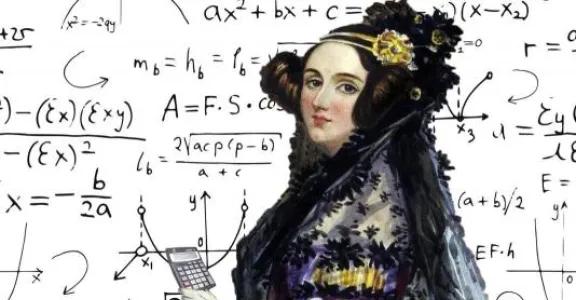Innovation through diversity, it is more than just a noble cause at Sirris. In this context we want to draw your attention to less known facts and figures in a series of blog posts.
Now more than ever, we see the importance of cooperation, with cross-domain expertise, to achieve successful technological innovation. Diversity is key in this context, and by this we mean diversity in its broadest sense. At Sirris we find multi-disciplinarity very important, across origin, background, ... A few of our top experts dug up a number of interesting historical facts that you may have forgotten or didn’t even know about.
In a series of blogs we will highlight interesting innovators in technology who have had - and are still having - a major impact on modern technology.
This first blog post is on Ada Lovelace, by our data and AI specialists:
Mother of programming
Programming is for men! With roughly 23 % female workers in the IT sector in Belgium, this assumption seems to suggest itself. And still, the first person ever regarded to be a programmer was a woman - namely Ada Lovelace, back in the 19th century.
Supported by her mother, she eagerly studied mathematics and logic. When meeting Charles Babbage and learning about his Analytical Engine she was enthusiastic about the idea of a machine that
"has no pretensions whatever to originate anything. It can do whatever we know how to order it to perform. It can follow analysis; but it has no power of anticipating any analytical relations or truths."
Not only that she developed a method for calculating the Bernoulli number on the Analytical Engine (considered the first published algorithm ever, but unfortunately never built), it was her driving the work and believing in it. That given, she was not only a talented mathematician but also a visioner and innovation driver. And most importantly, recognised as such by others (amongst them many men) in a time and age when women were still seen as just a pretty adornment of the décor.
Authors: Sarah Klein, Tatiana Galibus, Anna Hristoskova, Caroline Mair, Elena Tsiporkova
(Source picture: https://www.historiesdeuropa.cat)




